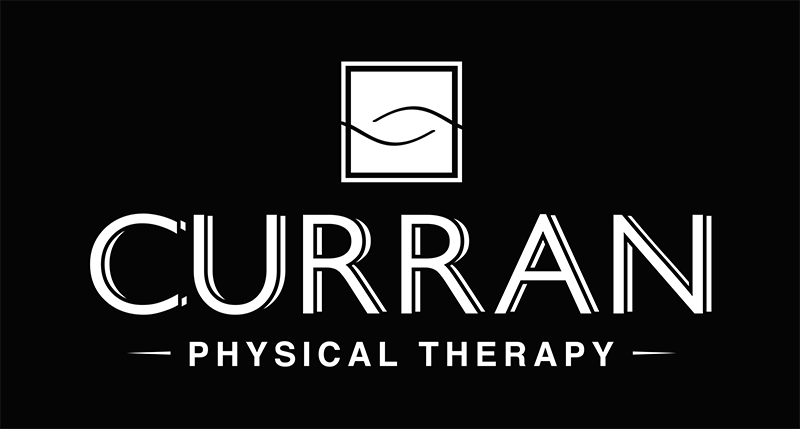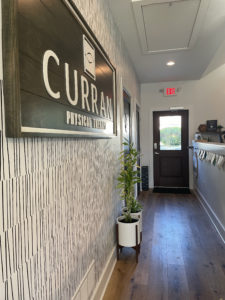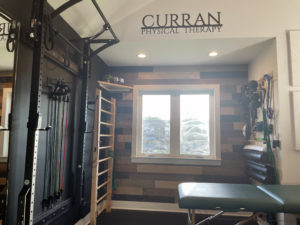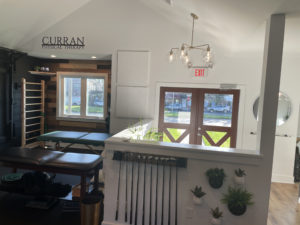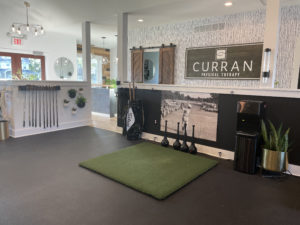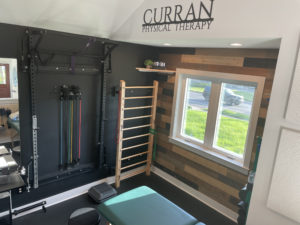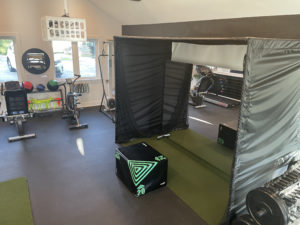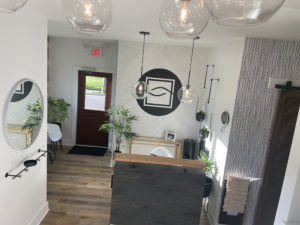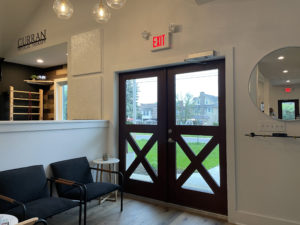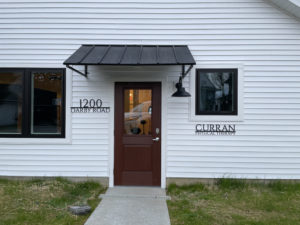Common Causes of Hip and Knee Pain – and How We Can Help You Treat It
Hip and knee pain are very common and quite often are experienced together. Frequently when experiencing hip pain patients will begin to compensate how they weight bear when walking, standing and climbing stairs this compensation can begin to aggravate the knee on the same or opposite side. The same compensations can occur leading to hip pain if pain originates in the knee. Hip joint pain and knee pain can seriously interfere with your life, especially if you are dealing with both. Whichever may be hurting you, treatment at Curran Physical Therapy can help get to the root of your problem safely and comfortably, without the need for harmful drugs or surgery.
What’s the reason for my hip and knee pain?
Overuse injuries such as tendonitis and bursitis are common causes of hip and knee pain. Along with overuse injuries the hip and knee can also begin to experience more chronic pain due to osteoarthritis. Weakness in the muscles of the hip and knee as well as stiffness in the hip and knee joints are common factors that lead to nagging pain.
An issue of pain, weakness, or stiffness in the hip can lead to increased strain on the knee joint and vice versa. It is not uncommon for pain to begin in one area and then eventually move down or up due to compensations the body will make to avoid pain. We begin to walk differently and shift our weight differently in order to reduce strain on the painful joint. Compensations to avoid pain will cause some muscles to be overactive and the hip and knee joint to load weight differently leading to further breakdown and even more pain. Poor hip stability due to weakness in the gluteal muscles can lead to abnormal posture of the hip joint causing increased strain on the knee joint which can lead to painful conditions such as IT band syndrome or patellofemoral stress syndrome due to increased stress on the knee or kneecap
